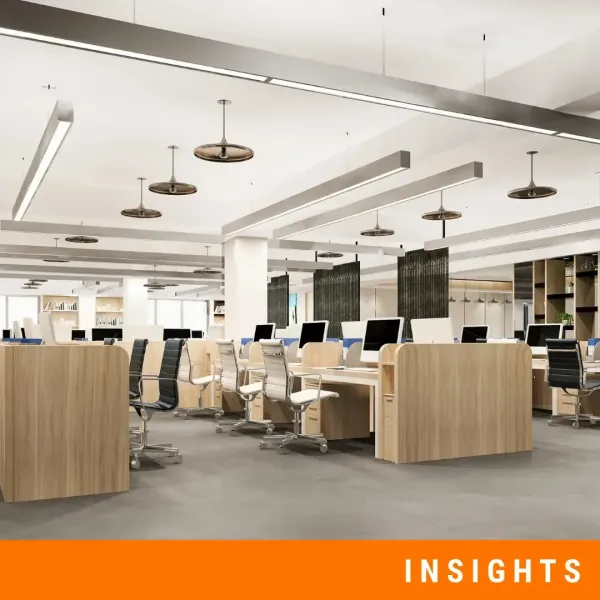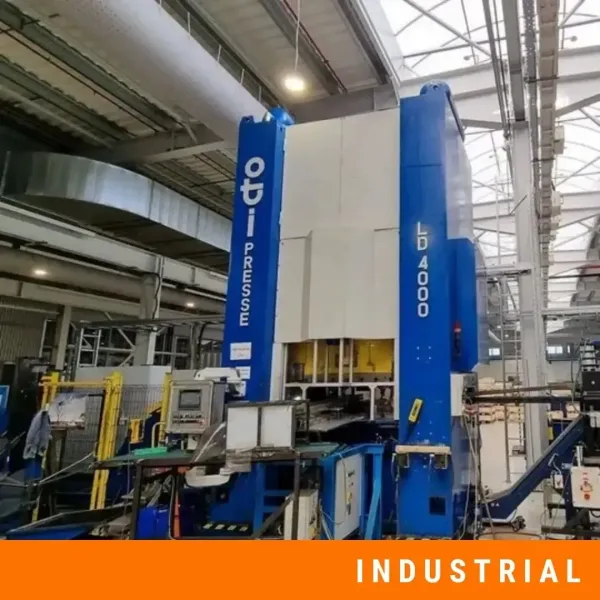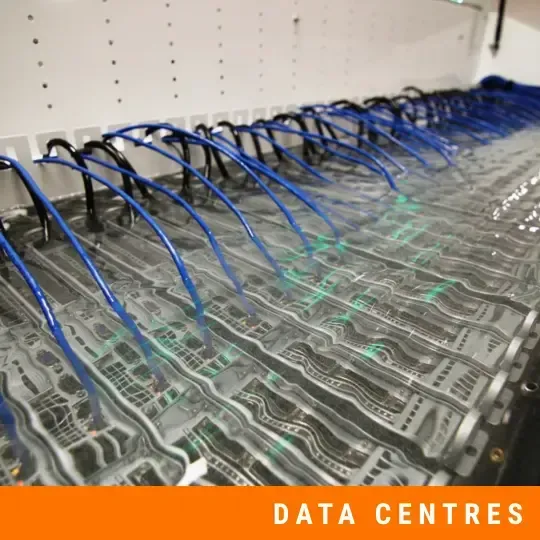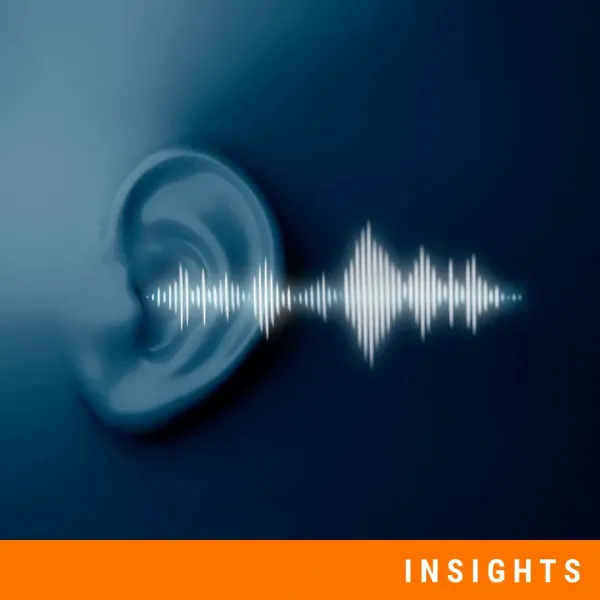Customising Soundproofing Solutions for Audiology Practices
Precision in audiology depends on the clarity of the testing environment. Ambient noise must be controlled to such an extent that it does not mask the softest sound a patient can detect. International standards like ANSI S3.1-1999 and ISO 8253-1:2010 set strict ambient noise limits in audiometric test rooms, often as low as 18 dB at 500 Hz, to preserve measurement accuracy and patient safety.
Clinical studies confirm that even modest breaches, particularly at low frequencies, can elevate hearing thresholds by several decibels and compromise diagnostic value.
Understanding Acoustic Requirements in Audiology
Designing soundproofing for audiology practices goes beyond installing a booth. It requires customisation: room shape, materials, ventilation, accessibility, comfort, and noise isolation must align seamlessly. That is where engineering meets empathy.
Standards and Noise Limits
Ambient noise levels inside audiometric test rooms must adhere to strict standards to ensure accurate pure-tone audiometry. The ANSI S3.1‑1999 (R2018) standard defines Maximum Permissible Ambient Noise Levels (MPANLs) across frequencies from 125 to 8000 Hz, ensuring that background noise produces negligible masking (no more than 2 dB) of reference threshold signals.
In addition, ISO 8253‑1:2010 establishes procedures and requirements for pure-tone audiometry, covering both air conduction and bone conduction testing methods. Clinics must meet these ambient noise limits to maintain the validity of test results and patient safety.
Common Challenges in Practice Design
Designing audiology test rooms involves overcoming practical acoustic obstacles. Corridor noise, especially from nearby traffic or hospital corridors, often breaches low-frequency limits and disrupts testing.
HVAC systems present a second challenge. Air exchange and ventilation are essential for comfort and hygiene, yet poorly treated HVAC noise frequently pushes ambient levels above recommended thresholds.
Patient comfort is also crucial. The enclosed nature of audiology booths may trigger claustrophobia in some individuals. A balance must be struck between acoustic isolation and the patient’s psychological comfort.
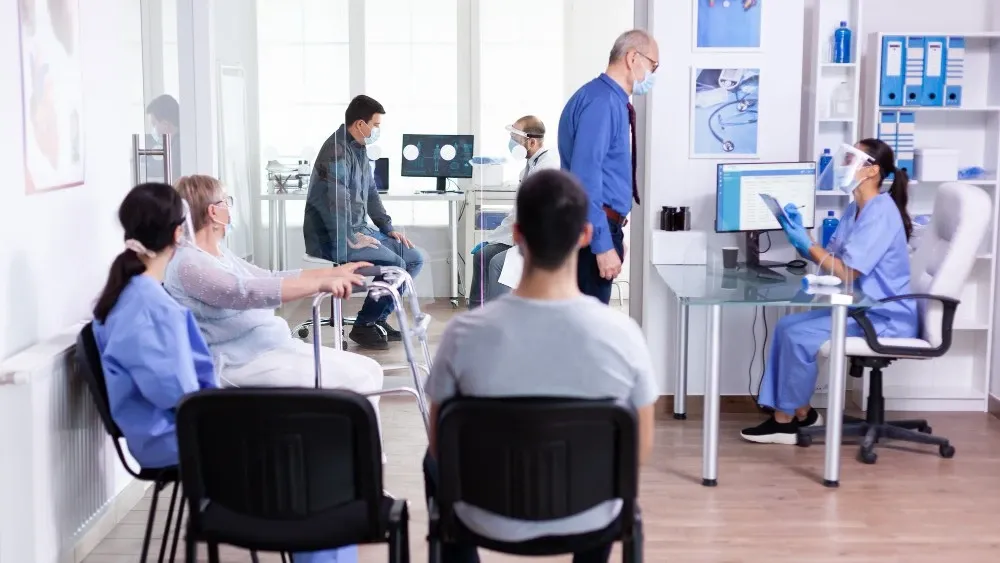
Key Considerations for Custom Booth Design
Audiology booths are available in single and double-walled formats, and modular construction offers the most flexibility. Modular designs can be configured in many shapes, sizes, and finishes to match clinic layout and functional needs.
Material Choice: Mass Barriers, Absorbers, Ventilation Panels
Successful booth design combines dense, mass‑loaded barriers with absorptive elements and silent ventilation. Mass in walls and floors prevents sound transmission. Absorptive materials within the booth reduce internal reflections and help maintain acoustic clarity.
Ventilation panels and silent HVAC systems are essential to preserve noise control while ensuring air exchange and comfort. Balancing these materials in the design ensures both test integrity and operational safety.
Patient Accessibility and Usability
Booth designs must prioritise patient accessibility and comfort. ADA‑compliant models include side-by-side doors and windows, wide entry points, and ramps for smooth access. Features like viewing windows allow clinicians to maintain visual contact, while ergonomic lighting and layout support ease during long or sensitive testing sessions.
Future-proofing and Mobility
Long‑term adaptability is key in custom audiology solutions. Modular booths that can be disassembled, relocated, or upgraded support evolving clinic needs. For instance, VA‑specification booths are required to be independent, freestanding, and built from modular prefabricated panels that can be reassembled later without acoustic performance loss.
Mobile audiology booths allow vehicle-based testing solutions for field clinics, while sound rooms with lightweight composite construction can be dismantled and reinstalled with ease, making them cost-effective and flexible for mobile or changing environments.

Tailored Solutions for Specific Practice Scenarios
Compact Clinic in Urban Environment
In tight urban clinic settings, space is at a premium. A compact audiology booth that fits within a 1.2x1.2 m area can provide full testing capability without taking over a room. These booths use slim panels and silent fans to maintain acoustic integrity while conserving footprint.
Features such as multi‑jack panels enable seamless equipment integration, and built‑in fold‑down desks offer workspace without compromise. Silent ventilation systems ensure airflow without introducing noise that interferes with test thresholds. Such compact configurations are ideal for multi‑use rooms, shared offices, or mobile setups.
Mobile Testing Units or Remote Clinics
For mobile clinics or remote locations, a fully plug‑and‑play mini‑booth is often the most practical solution. These booths are pre‑assembled and feature swivel, lockable casters for easy relocation through standard doorways.
Sound‑attenuating ventilation systems and pre‑wired jack panels simplify deployment. Weight is minimised for transportability, yet acoustic performance remains suitable for accurate testing. These booths are especially suitable for mobile health units, field screening facilities, and outreach audiology services.
Research or High-Volume Diagnostic Centres
High‑volume or research‑focused audiology facilities demand more advanced acoustic control. Double‑wall suites with structurally isolated exam and control areas provide maximum attenuation and separation.
This configuration allows clinicians to operate without disturbance and ensures precise audiometric results even in noisy building environments. Some designs include unique layouts to fit non‑standard spaces. Clean, modular construction supports rapid installation, relocation, or reconfiguration without loss in performance.
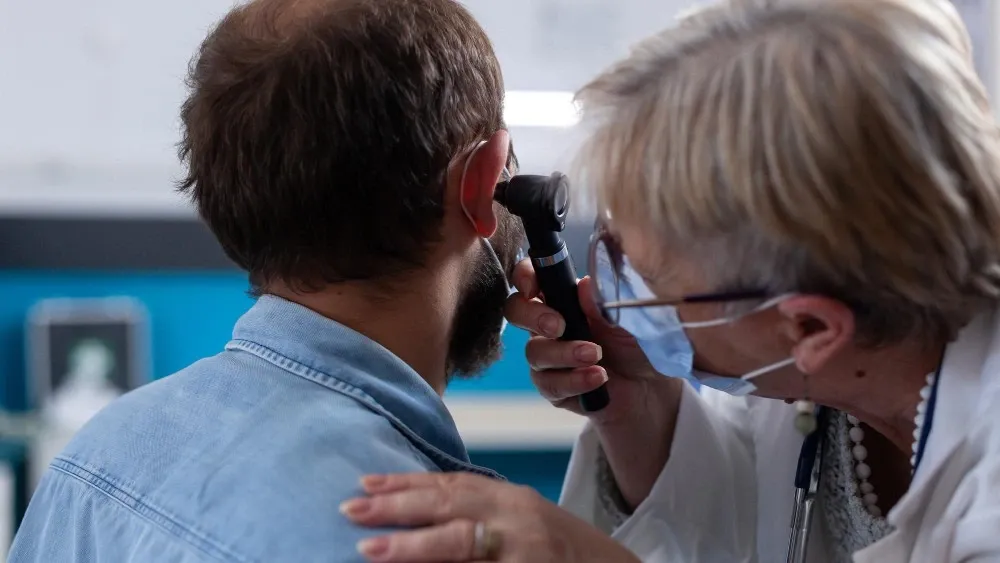
Integrating Soundproofing with Engineering Excellence
DECIBEL’s engineering process begins with meticulous acoustic assessment. We measure ambient noise, reverberation, and airflow characteristics in the client’s environment.
Using these insights, our team models the booth’s performance, evaluating mass, absorption, and ventilation design to meet or exceed standards such as ANSI S3.1 and ISO 8253. This data-driven analysis ensures we achieve accurate isolation without compromising usability.
Use of Combinations: Mass, Absorption, Decoupling, Airflow Control
At DECIBEL, our audiology booths integrate multiple acoustic strategies for truly exceptional performance:
- Mass-loaded partitions block external noise effectively
- Absorptive internal linings reduce reflections and improve clarity
- Decoupled framing systems reduce structure-borne transmission
- Quiet airflow systems maintain essential ventilation with minimal acoustic impact
These components work together to balance precision, patient comfort, and engineering integrity. For example, our booths can combine dense modular panels, acoustic foam, structural separation, and silent fans. All tailored to the clinic’s layout and constraints.
Incorporating Client-Specific Constraints into Technical Recommendations
Every practice has its own architectural context, clinical protocols, and operational needs. DECIBEL’s engineers customise booths to accommodate:
- Room dimensions, ceiling height, and workflow patterns
- Noise sources such as HVAC vents, adjacent corridors, or equipment
- Patient accessibility, including visibility, comfort, and ease of communication
- Future adaptability for relocation, expansion, and service access
Our modular, easy‑install booths are engineered to be relocated or upgraded with minimal downtime, maintaining consistent acoustic performance over time.
FAQ
What is the best custom audiology booth for small clinics
The best solution balances acoustic performance, compact footprint, and adaptability. A modular single-wall booth with dense, mass-loaded panels and quiet ventilation is ideal for tight spaces.
These booths often include acoustic linings and efficient layouts to maximise space while preserving testing integrity. Mass, absorption, and airflow must work in harmony to meet noise standards within limited footprints.
How much noise reduction does a double-wall booth provide?
Double-wall booths can deliver remarkable attenuation. According to independent testing, some double-wall models achieve noise reductions up to 91 dB at 2 kHz and 99 dB at 4 kHz, as measured by Noise Isolation Class (NIC) across frequency bands.
This level of isolation is particularly effective in high-noise clinical settings and ensures accurate audiometry under strict ambient conditions.
Can audiometry be done without a booth? In which cases?
Yes, but with caveats. In settings where booths are unavailable, such as remote clinics or field screenings, audiometry can still be performed reliably, especially if ambient thresholds exceed 15 dB HL.
This is achieved by using calibrated smartphones or insert earphones combined with over-the-ear earmuffs. Real-time ambient noise monitoring can further validate results. For auditory processing tests, research shows no significant difference in outcomes between testing in a booth and a quiet environment, provided sound levels are controlled.
How do you ensure proper ventilation without compromising acoustic isolation?
Effective ventilation is achieved through bespoke, acoustically engineered systems. These include silencers and duct layouts that attenuate noise while ensuring airflow.
Both wall- and ceiling-mounted ventilators can be integrated with careful path design and acoustic baffling. These systems preserve comfort and hygiene without degrading the booth’s performance.
Precision, comfort, flexibility and compliance come together in tailored soundproofing solutions for audiology environments. DECIBEL brings together engineering rigour and bespoke design to deliver industry-leading booths that maintain acoustic integrity, support patient well-being and adapt to evolving clinical needs.
Ready to advance the acoustic excellence of your clinic, mobile unit or diagnostic suite? Contact us for a professional consultation, design assessment or acoustic modelling tailored to your audiology service.
